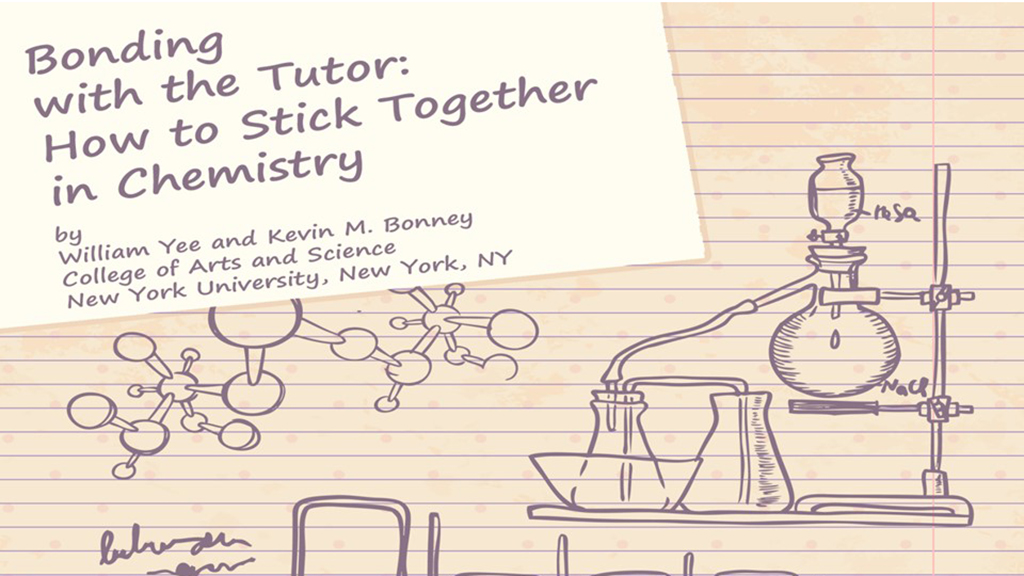Abstract
This case study presents the story of "Nick," a student who has been assigned the task of writing a research paper describing the fundamentals of chemical bonds and how they relate to human life. When Nick experiences difficulty remembering information about the different types of chemical bonds, he turns to his tutor, Josh, for help. Josh explains orbitals and valence electrons to Nick, and then they together review nonpolar and polar covalent bonds, ionic bonds, and hydrogen bonds. A final practical application exercise requires that students write about how different types of chemical bonds may relate to the development of Alzheimer's disease and to the mechanism of action of potential drug treatments. The case is presented with PowerPoint slides and is designed to be used with a personal response system ("clickers"), but students can instead record their answers on paper or share them verbally. The content is appropriate for use in high school and undergraduate introductory chemistry and biology courses.



